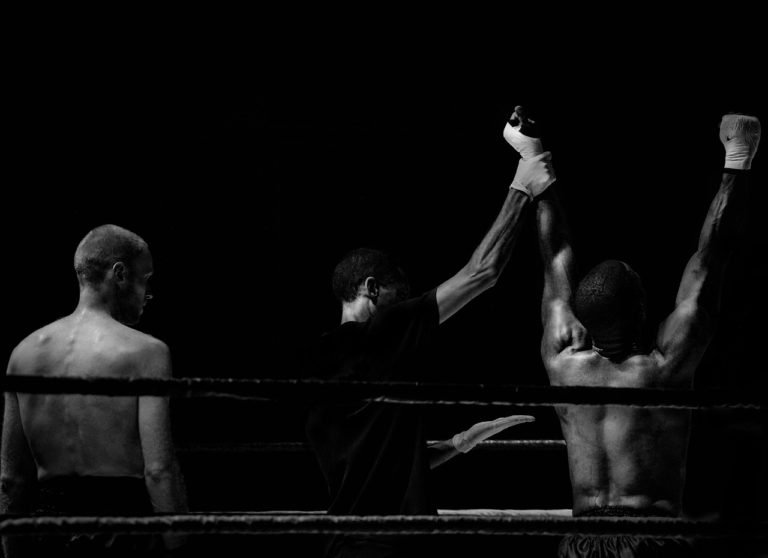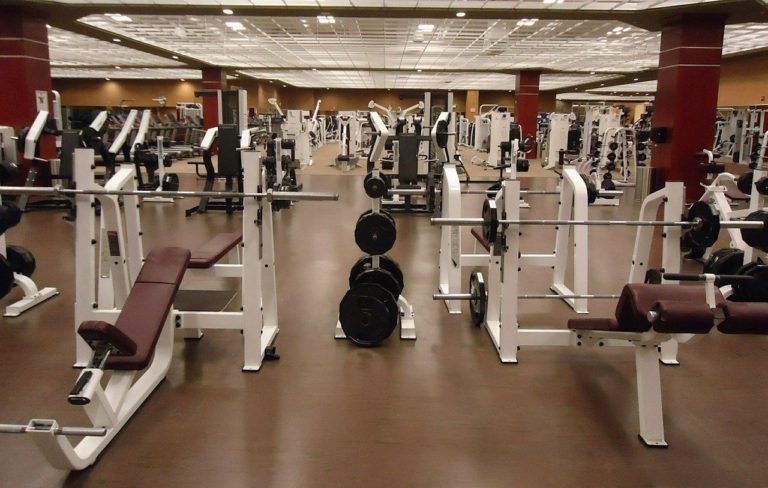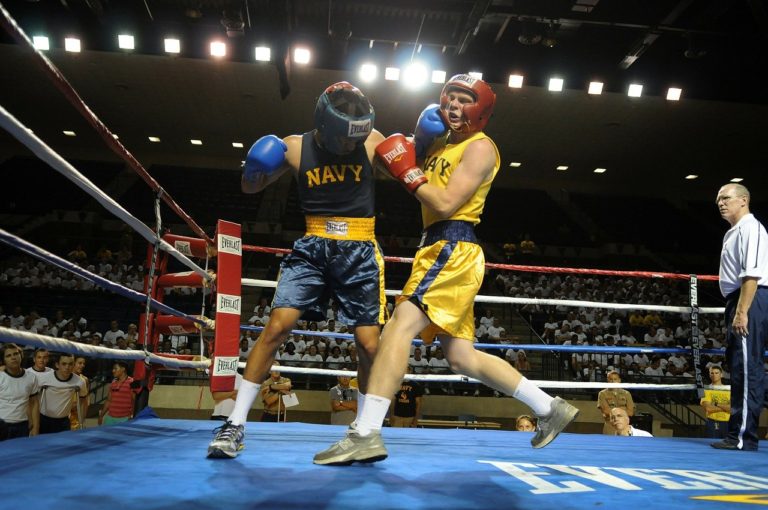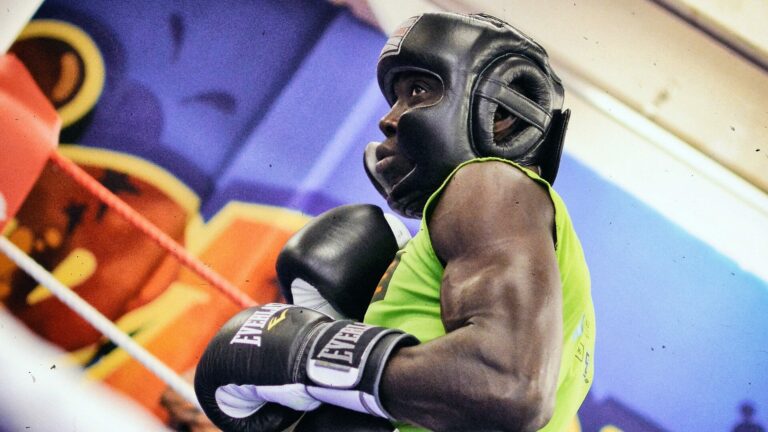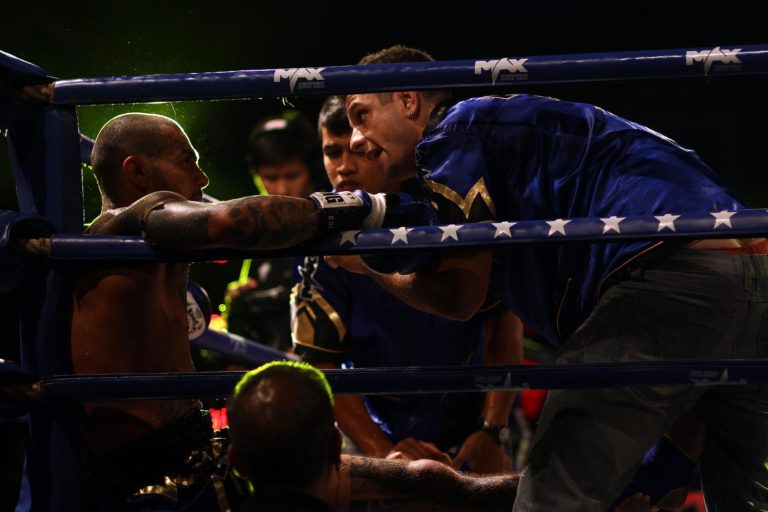How Long Does it Take To Learn Boxing – Complete Guide

Boxing is a sport that requires years of experience to master, however, most people can learn the fundamentals relatively quickly. Within a few months of training, you should be able to throw punches from the correct stance with moderate form. After a couple of years of training, your boxing should be far superior to untrained individuals. However, holistically speaking, the vast majority of people would still be novices after two years.
This is because while fundamentals are generally quite easy to grasp, the nuances and intuition required to become a high-level boxer, are things that only come with time.
Your age is also an important factor in regards to how quickly you can learn boxing. Children and younger people tend to pick up movements more quickly which are then ingrained into their muscle memory. This means as they move into their physical primes, they carry more experience, and their natural reflexes have the correct form instilled into them. Older people are more likely to find new movements alien and revert to what feels natural during pressure.
Time required to learn boxing
If you’re looking to learn boxing as a hobby or you just want to learn the fundamentals so you can train and spar properly, then it shouldn’t take too long for you to achieve your goal. A year of consistent training should bring you to a level where you can box reasonably well. We’ve recently seen YouTubers and Internet stars have amateur boxing bouts within a matter of months. While they aren’t exactly high-level athletes, they do show what can be done in a limited time with the right training and advice. However, as with any sport, it will require a good work ethic and commitment.
But if you’re considering boxing as a profession and becoming an elite fighter, then the time input is much higher. Realistically it will take years of continuous training with discipline to reach a high level. Boxers who reach this level are usually professionals and they are still always learning and trying to improve.
Embed from Getty ImagesBoxing Career Timeline
Elite professional boxers tend to have an extensive amateur background before they join the professional ranks. They also have usually been training since they were children and have years of experience on their professional debut. Below is a table that outlines the general route that professionals take throughout their careers and the age and time required at each particular point.
| Average Age | Years Experience | Career Level |
| 13-20 | 0-8 | Amateur Boxing: Regional Championships, National Championships, Olympics |
| 20-23 | 8-11 | Professional Boxing: Debut, Low Ranked Opponents, Journeymen |
| 23-26 | 11-14 | Professional Boxing: National Championships, Interim World Championships |
| 26-35 | 14-23 | Professional Boxing: World Championships |
Its not uncommon for world champion boxers to have nearly 10-15 years of experience when they become champions. The progression in boxing is typically quite slow and its in the fighter’s best interest to take their careers at a reasonable pace.
There are exceptions to this career route, for instance, Mike Tyson, who at the age of 20 became heavyweight champion of the world. However, this isn’t common and the fighters who obtain championship status at such a young age are typically highly talented boxing prodigies.
12 month guide for learning boxing basics
I think when people hear “basics” they get put off. They feel that what they are learning isn’t valuable because it won’t help them to become good at what they want. However, in regards to boxing, there is no quick way to master the sport. But by learning the basics you’ll still look and be far better than someone who’s never laced up a pair of gloves.
Below is the “plan” I’d use to bring someone who’s never boxed before to the point where they are moderately competent boxers and protect themselves. This isn’t a grueling training camp. Rather a progressive guide to improvement with incremental steps. Each month sets out particular goals and focuses, however, the idea is to accumulate skills. So what when a new focus is introduced, it should be incorporated rather than being completely prioritized. Everything that was done in the previous months should still be done in the next.
These skills require years to master, so don’t be put off if you can’t immediately pick them up. This guide is simply an introduction to boxing training. Becoming proficient in all of the training within a year simply isn’t feasible. However, developing moderate boxing skills within a year is definitely achievable with the right work ethic.
While it may seem like too much at first, many of these things are often integrated together. This means eventually you’ll be able to check off several elements of boxing with just one exercise in a session.
| Month | Focuses and Goals (8 of Training Hours Per Month) |
| 1 | I think the best way to learn boxing is through visual analysis. Watching boxing footage is something that is greatly beneficial regardless of physical training. If you can join a boxing gym, that would also be a major advantage. In terms of training, I would start off by focusing on movement and footwork. Power punches start from the ground, so ensuring the entire body is connected when throwing a punch is fundamental. Shadowboxing and jump rope are some of the best exercises, to begin with as they require little equipment and are greatly beneficial to your balance and movement. |
| 2 | Working on form is pivotal for learning boxing. Punching with the correct technique allows you to punch with more power and prevents you from hurting yourself. This includes throwing punches from the correct stance, using proper footwork, and fully turning punches over. Some good ways to work on form are through padwork and heavybag work. Both of these exercises are benefited by having a training partner or trainer that can give you feedback. |
| 3 | After learning how to properly throw punches and move around, the next step is to introduce light/technical/body sparring. This requires a training partner and helps with composure later on for actual sparring. Essentially it is the same as regular sparring except you use very little power. This forces boxers to work on strategy instead of using force. This is also an optimal time to start conditioning which involves running, push-ups, sit-ups, and chin-ups. This helps improve endurance, toughness, and explosiveness. |
| 4 | Once you’ve become comfortable with light sparring and are confident you can protect yourself, real sparring will give an insight into the reality of boxing. Firstly you’ll need a gum shield and headgear. Sparring is often a reality check for new boxers, I’d advise taking it slowly at first and slowly experiment and see what you’re capable of. Its also a good idea to spar with people who are more experienced, that way you can learn from them and improve. |
| 5 | Implementing longer combinations on the pads allows you to improve timing, accuracy, and rhythm. This will help in sparring and improve confidence. I found that long combinations also help with fluidity and transitioning from different angles and punches into the next. This is also a point where bad habits tend to become prevalent. Try to keep on top of them during the earlier months and prevent them from developing. However, a few like dropping hands, crossing feet, and keeping still sometimes can be hard to stop. These habits simply need to ironed out through training and repetition until the correct technique feels natural, again this is easier to do with a partner. |
| 6 | At the halfway mark, you should have seen a substantial increase in your fitness for boxing. At this point, you want to ensure that your condition is improving along with your skills. Maybe start incorporating harder and more explosive exercises like muscle-ups and medicine ball throws to help improve power. |
| 7 | Being explosive is only one element of power punching. Having a good punch is a major advantage in boxing, it can get you out of unfavourable situations, and it forces your opponents to respect your power. Throwing power sots at aqua bags, heavy bags, and re-visiting form are all good practices for increasing power at this stage. |
| 8 | After sparring for a few months, you should start developing your own style. Some people are front-footed power-punchers, some people are counter-punchers, some people may be pressure fighters. Whatever your style is, you should embrace it. Not everyone has to be a one-punch knockout artist, not fully utilizing the natural ability you’ve been gifted with is pointless. |
| 9 | One of the most important elements of boxing is timing and accuracy. As a beginner, it can be difficult to develop an understanding of either of these. However, as time goes on and you get more comfortable in sparring, you should start to develop an intuition for them. This is especially important for those who are aggressive and like to swing wildly. A good way to improve timing and accuracy is by working on the speed bag and the double-end bag. |
| 10 | Having a tight defense is one of the hardest things to have in boxing. The aim of the sport is to hit and not get hit. It only takes a single shot to produce a knockout, so being able to protect yourself well will benefit both your skills and health. Some good exercises for improving defense are head-movement drills, keeping your head off the center line during sparring, using a boxing bar, and ensuring you keep your hands up. |
| 11 | Being aggressive is easy. Often when two highly inexperienced people box, the more aggressive fighter comes out on top. This is because they carry the same skills and experience so whoever can assert themselves first is likely to be the winner. However, being an effective aggressor is difficult. especially against an experienced opponent. This is why when you can competently protect yourself, you should look to spar lots of different fighters. By sparring against a wide variety of opponents, you’ll start to be able to develop an understanding of the right circumstances to apply pressure or back off. |
| 12 | The last practice in the guide is composure, and that’s because it mainly comes with time. You’ll often find that new boxers struggle to remain calm in sparring. They either don’t engage, swing wildly, or make silly mistakes. The best way to counter this is by spending a lot of time in the ring. Sparring with people who you trust and who are more experienced than you will greatly benefit your composure. This also means you can incrementally increase the difficulty and pressure as you improve. |
Talent Impacts how quickly you can learn boxing
While it is harsh, truthfully, talent will have a profound impact on how quickly you can learn boxing. Some people are gifted with athleticism or sharp minds and can pick up boxing techniques faster. However, hard work will always beat talent when talent doesn’t work hard.
Embed from Getty ImagesSo while talent is an advantage, whether in the mental or physical aspect. That doesn’t mean that those that struggle to learn won’t ever be good. Ultimately, your dedication to the sport, or anything for that matter determines what rewards you reap.
Conclusions
In summary, there is no definitive answer to how long it will take to learn boxing because it will entirely depend on the level of boxing you want to learn. If you’re looking to learn boxing as a sport or hobby, then most people will be able to reach their desired level of competence within a year or two. However, someone who is looking to make a career in boxing will likely be learning all their lives until they retire.

